Gaiwan
The gaiwan is also known as a sancai bei (cup). Sancai means the heavens, the earth, and people. The lid on top represents the heavens, the saucer underneath represents the earth, and the cup in the middle represents people. A simple set of tea vessels does well representing the core of ancient Chinese philosophy, the indivisible connection between the heavens, the earth, and humankind.
SIP ALONG with
Huang Da Cha
Price range: $8.00 through $28.00
Dry Leaf: Chocolatey, Field berries
Liquor Colour: Light amber
Liquor Aroma: Hints of chocolate, some fruitiness
Flavor: Seaside meadow, chocolatey, aftersweet
Mouthfeel: Clean, refreshing
-
Description
This tea delivers a brisk and refreshing yellow tea experience with a delicious ‘after sweet’ (hui gan) reminiscent of strawberries. The dry leaf aroma is at first chocolatey but with hints of field berries that foreshadow the coming tasting experience. Our light first infusion was brisk and had a quick and gentle strawberry after sweet. The following infusions were more lively with an opening flavor of seaside meadows that melted into hints of chocolate aroma with cleansing after sweet that made the whole sip from start to finish just delightful.
-
Additional information
Origin Lu'an, Anhui Province.
Harvest April, 2023.
Brewing 3g/150ml at 100°C for 1 ½ min. 4 – 6 infusions.
Storage Sealed well in a cool, dry, dark location.
Tasting Notes -
Reviews (0)
You may also like…
-
Suzhou Jasmine Green Tea
Price range: $8.00 through $28.00 -
Guzhu Zi Sun – Ming Qian
Price range: $31.00 through $120.00
Function
The gaiwan is used for brewing tea. It can be used as a brewing vessel, where the brewed tea is divided into different cups for sipping. Or it can be used to brew and sip the tea directly from the gaiwan.
Types
There are many types of gaiwan, such as porcelain, zisha clay, glass. Porcelain gaiwans are the most common.
Selection
When selecting a gaiwan, consider the curve of the top edge of the gaiwan, the more curved the easier to hold and less chance to get burned when brewing.
A porcelain gaiwan is a good, versatile choice.
Use
- Warmup the gaiwan: the left-hand holds the lower part of the filled gaiwan, right hand hold the gaiwan lid, rotate the gaiwan counterclockwise to circulate the hot water. Then lift the lid, and pour the water over the inside of the lid, while rotating it.
- Drinking from the gaiwan: using the gaiwan lid to clear the floating tea leaves, then drink from it.
-
Aged Premium Tian Jian 2013
Price range: $15.00 through $500.00 -
Fu Zhuan Premium
Price range: $14.00 through $52.00
Filter
The tea filter is also called a strainer. Though a small part of the tea brewing experience, it’s actually very useful.
Function
It is placed on top of the serving pot when pouring in the brewed tea. It helps filter out tea leaves.
Types
Filters are made of different materials, such as stainless steel, porcelain, pottery, bamboo, wood, gourd, etc. The filter mesh can be made with stainless, cotton, or polyester mesh.
Use
After the tea session, be sure to clean the filter in a timely fashion.
-
Pu’er 2002 – Loose Leaves
Price range: $26.00 through $98.00 -
Sheng Pu’er 2003 – Xiao Bing
Price range: $33.00 through $125.00
Tea Towel
Also known as a tea cloth.
Function
It’s used to wipe the water or tea, especially the sides and bottom of the teapot, sharing pot and tasting cups.
Types
Mainly cotton, linen, etc.
Selecting
The primary rule the tea towel should have good absorption.
Use
- How to fold. There are two ways to fold a tea towel:
- divide the towel into 3 parts, fold inward respectively. Then divided into 4 parts, and repeat the fold; or
- divide the towel into 3 parts, fold inward respectively, then divide into 3 parts, and repeat the fold.
- The tea towel is only used to wipe tea vessels, and only the outside of tea brewing and drinking vessels. It cannot be used to clean water or dirt from the tea table, or surrounding areas.
-
Tie Guan Yin Classic
Price range: $16.00 through $59.00 -
Ying Hong N°9
Price range: $12.00 through $40.00
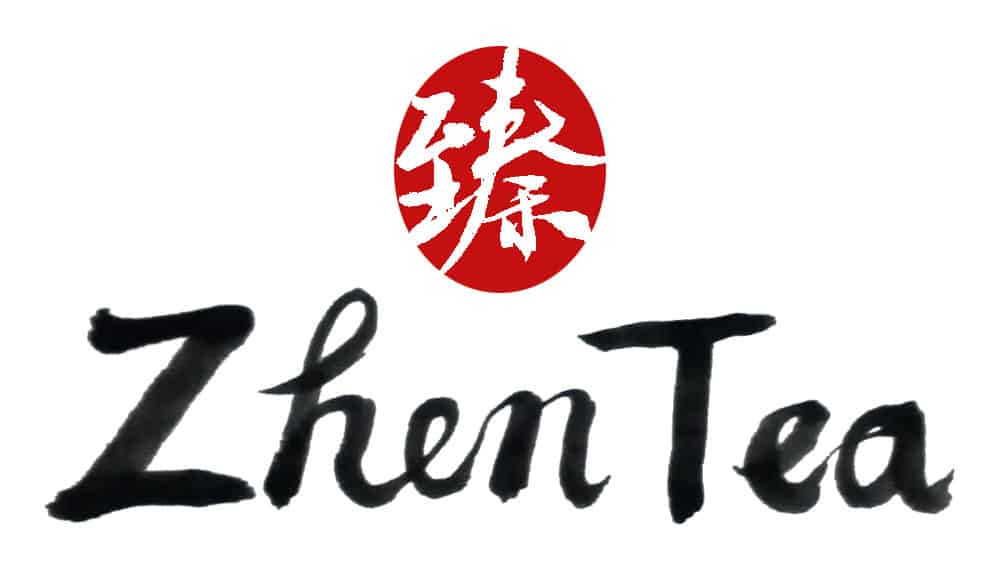
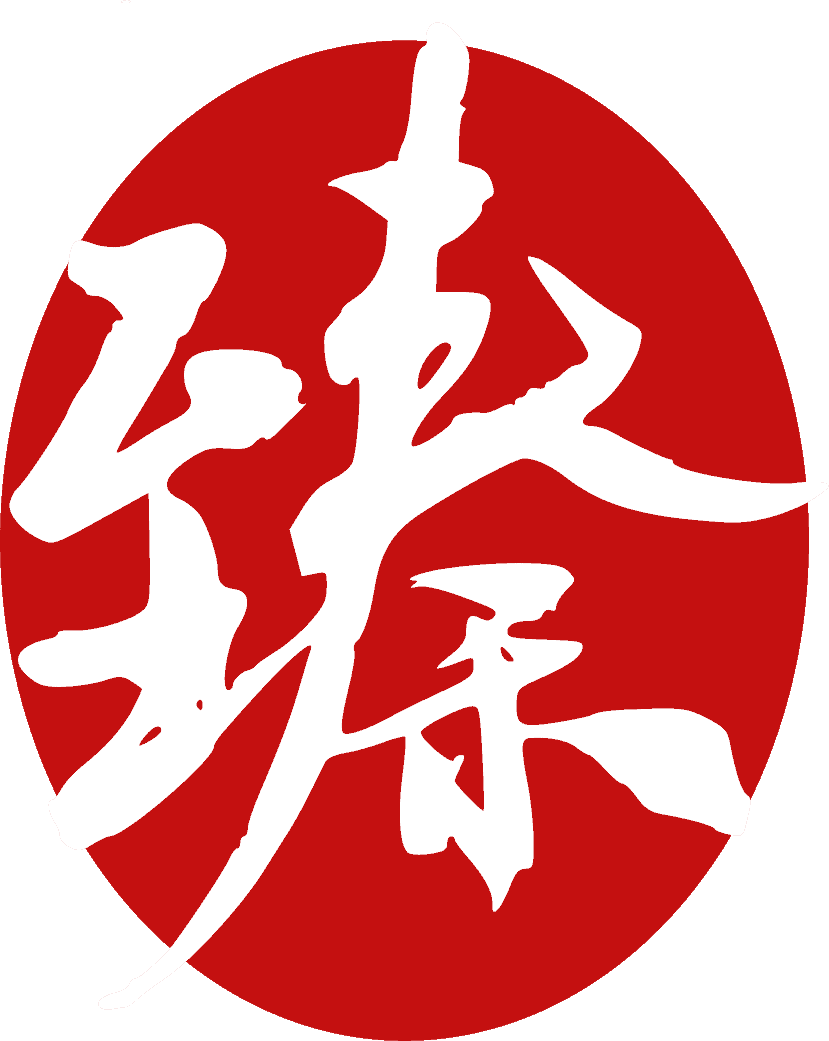
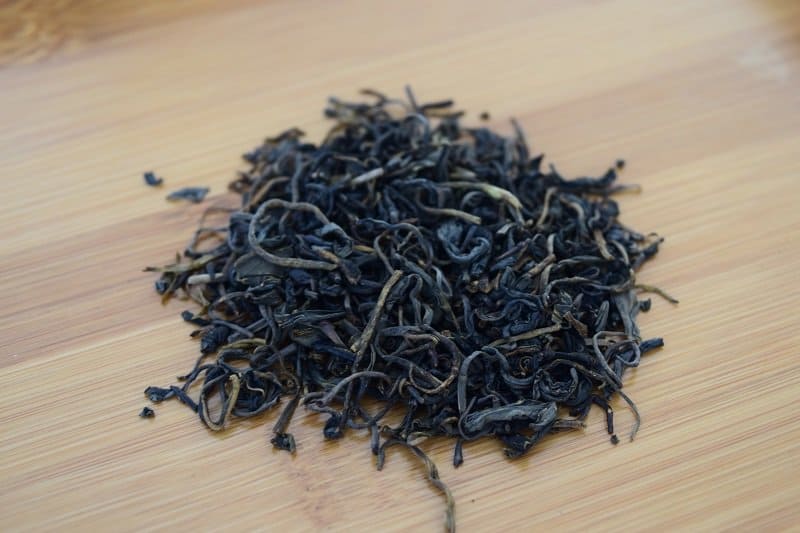
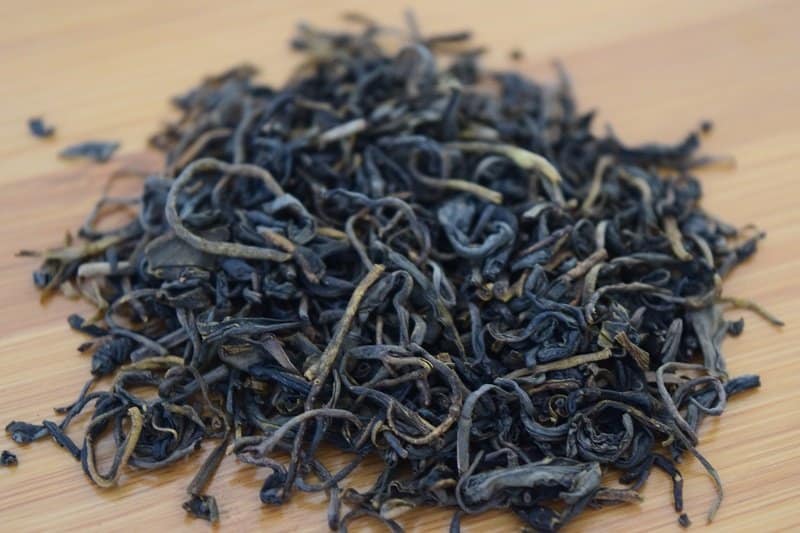
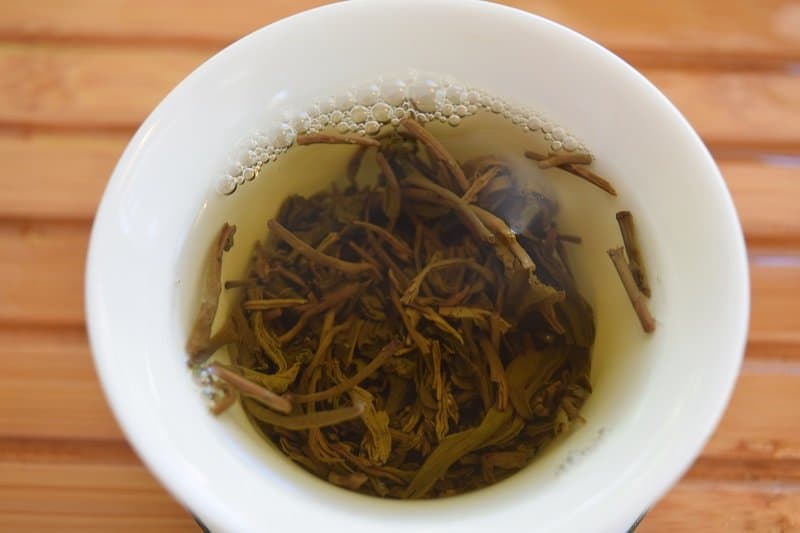
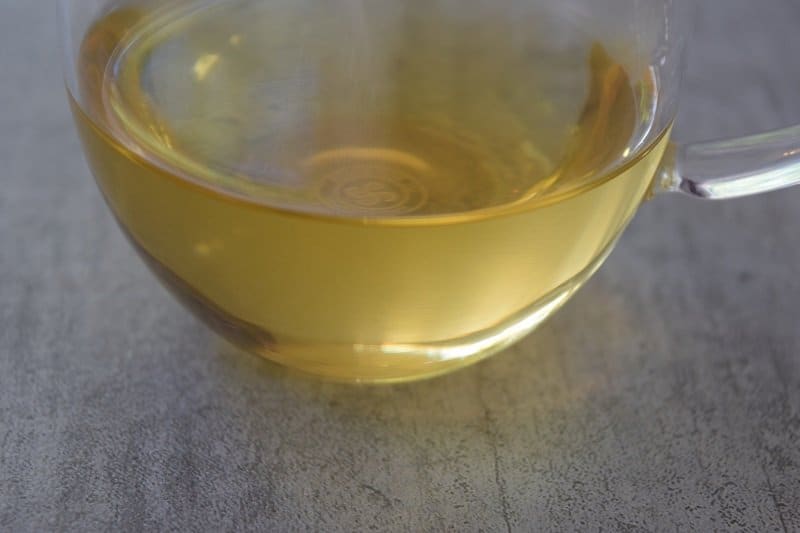
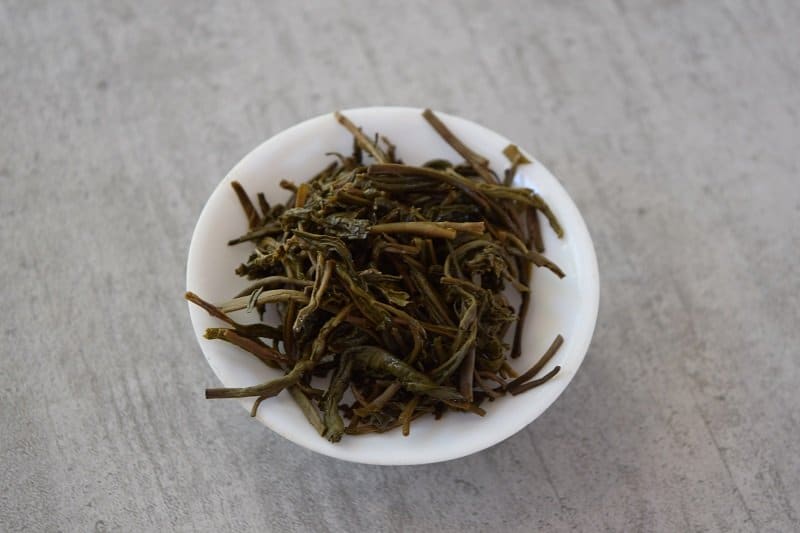

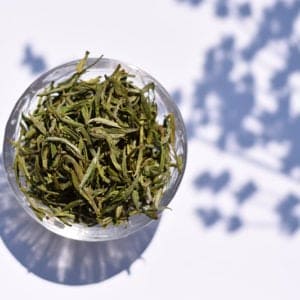

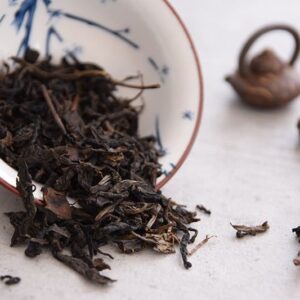
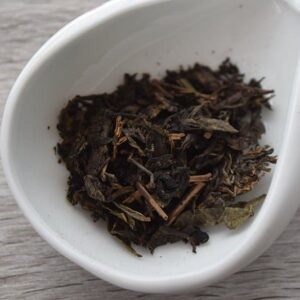
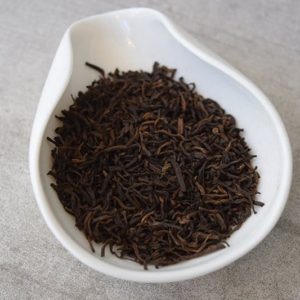
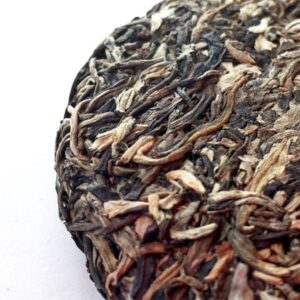
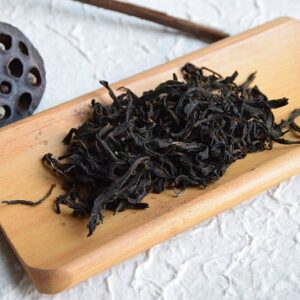
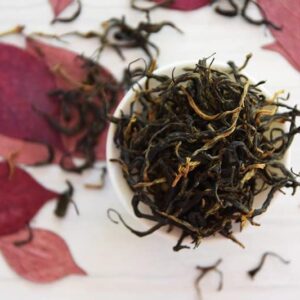
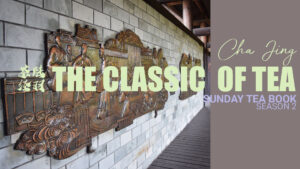

Reviews
There are no reviews yet.